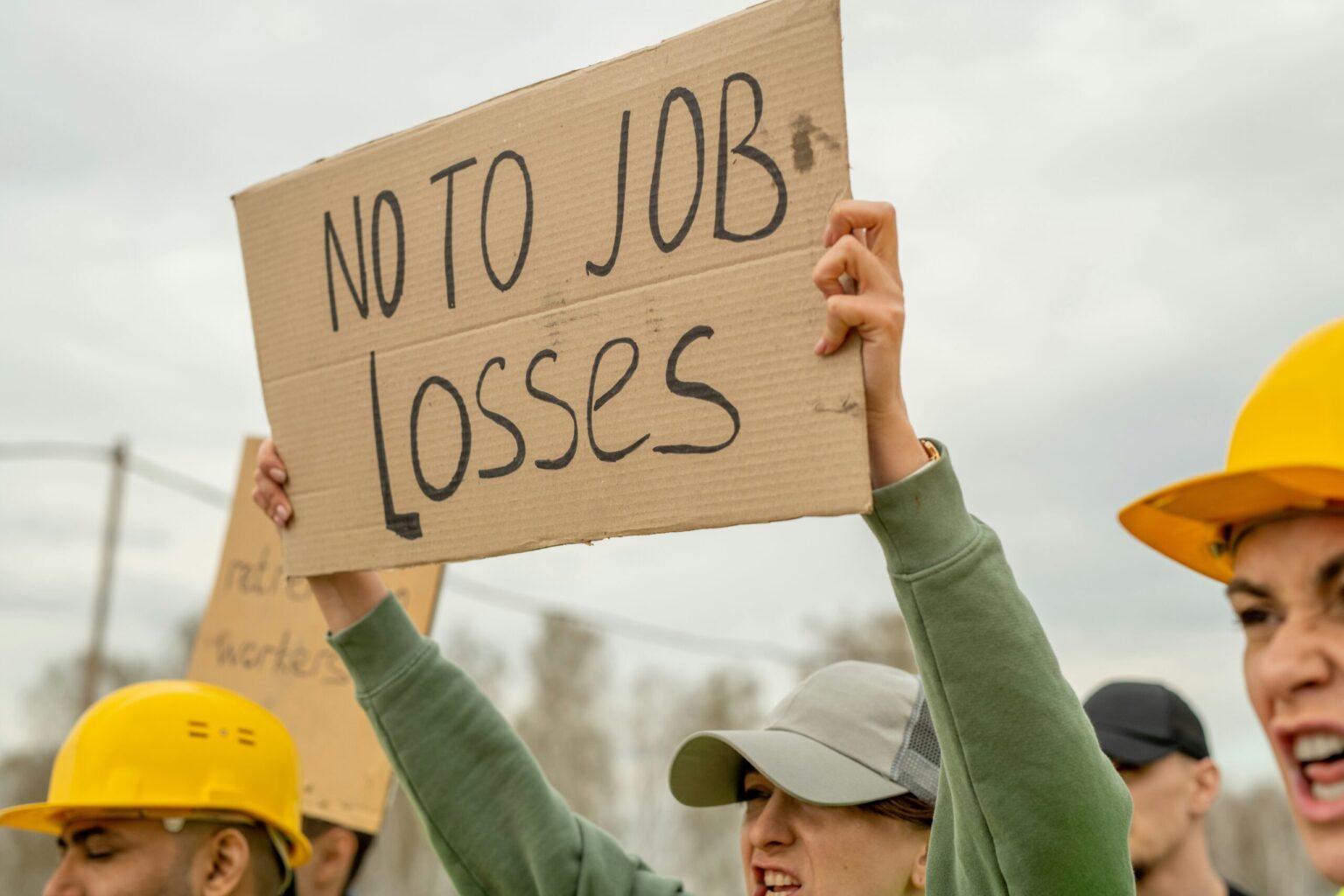On December 19, 2024, at 6 a.m. EST, the International Brotherhood of Teamsters initiated the largest strike against Amazon in U.S. history. Around 7,000 workers across eight facilities in California, Georgia, Illinois, and New York walked off the job, demanding better wages, improved benefits, and safer working conditions. This strike took place during the crucial holiday shopping season, sparking concerns over potential disruptions to Amazon’s vast delivery network.
Background and Unionization Efforts
The strike is the culmination of mounting frustrations between Amazon and its workforce regarding labor rights and union recognition. Despite Amazon’s massive profits—reporting a net income of $39.2 billion in the first nine months of 2024—workers have expressed dissatisfaction with their wages and working conditions. In response, nearly 10,000 Amazon employees have joined the Teamsters, seeking to negotiate better employment terms.
The Teamsters set a firm deadline of December 15 for Amazon to begin contract negotiations. When Amazon refused to engage, the union moved forward with the strike. Teamsters General President Sean M. O’Brien criticized Amazon’s lack of cooperation, stating, “If your package is delayed during the holidays, you can blame Amazon’s insatiable greed. We gave Amazon a clear deadline to come to the table and do right by our members. They ignored it.”
Scope and Impact of the Strike
The strike involves key Amazon facilities, including:
- DBK4 in New York City
- DGT8 in Atlanta
- DCK6 in San Francisco
- DIL7 in Skokie, Illinois
- DFX4, DAX5, and DAX8 in Southern California
Additionally, local Teamsters unions have established picket lines at hundreds of Amazon Fulfillment Centers nationwide. While Amazon claims its operations remain largely unaffected, the timing of the strike—just days before Christmas and Hanukkah—raises concerns over potential delays in holiday deliveries, which are crucial for both consumers and businesses.
Amazon’s Response
Amazon has strongly disputed the union’s claims, asserting that the Teamsters do not represent a significant portion of its workforce. Kelly Nantel, a company spokesperson, labeled the union’s actions as a “PR play,” stating, “The Teamsters don’t represent any Amazon employees despite their claims to the contrary.” Amazon further claims that the Teamsters have used illegal tactics to pressure workers into joining the union—a claim the Teamsters vehemently deny.
Amazon also points out that many of the striking workers are employed by third-party contractors, not directly by Amazon. These contractors operate Amazon-branded vehicles and wear Amazon uniforms but are technically employed by separate entities. The National Labor Relations Board (NLRB) has ruled that Amazon and its third-party contractors are joint employers, thus obligating Amazon to negotiate with the union. Amazon is currently appealing this decision.
Worker Perspectives
Striking workers have expressed frustration with the disparity between Amazon’s wealth and their working conditions. Gabriel Irizarry, a driver at DIL7 in Skokie, Illinois, shared, “Amazon is one of the biggest, richest corporations in the world. They talk a big game about taking care of their workers, but when it comes down to it, Amazon does not respect us and our right to negotiate for better working conditions and wages. We can’t even afford to pay our bills.”
Leah Pensler, a warehouse worker at DCK6 in San Francisco, emphasized the significance of the strike: “What we’re doing is historic. We are fighting against a vicious union-busting campaign, and we are going to win.”
Broader Implications
This historic strike highlights the increasing momentum of the labor movement, particularly in the tech and e-commerce sectors. It represents a broader call for fair compensation and improved working conditions within an industry that has seen explosive growth and immense profits. The outcome of this strike could have far-reaching consequences, potentially setting a precedent for future labor relations at Amazon and similar companies, as well as shaping the future of unionization efforts.
As the strike continues, both consumers and businesses are closely monitoring the situation, especially with regard to potential disruptions to holiday deliveries. The resolution of this labor dispute will likely influence Amazon’s future operations and could reshape the company’s relationship with its workforce in the years to come.
